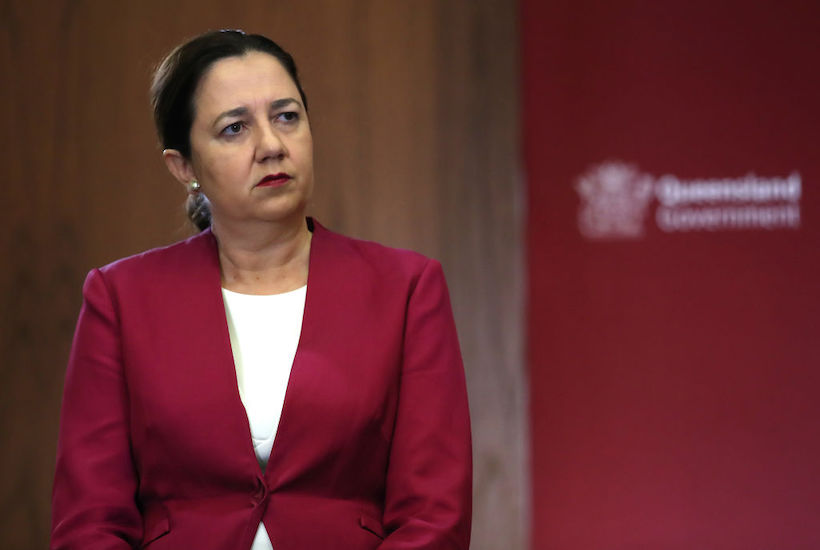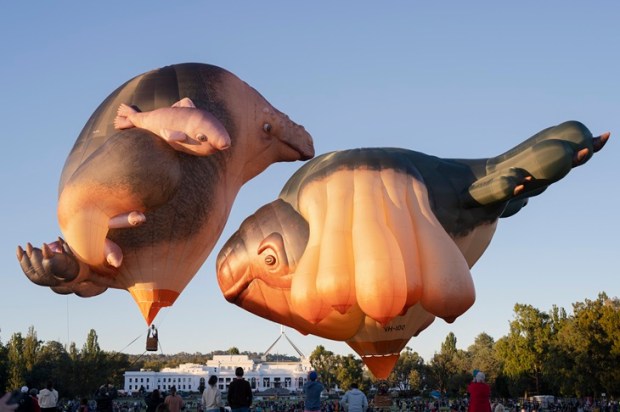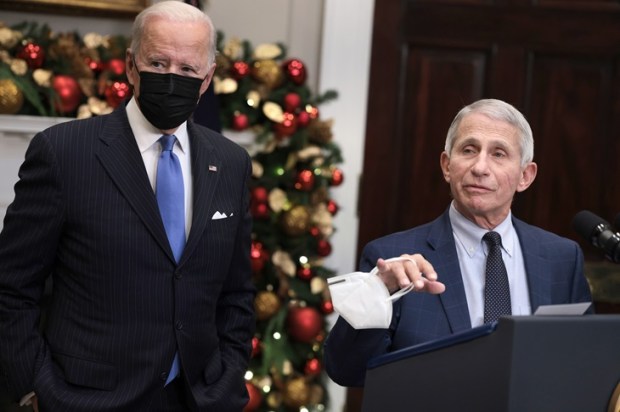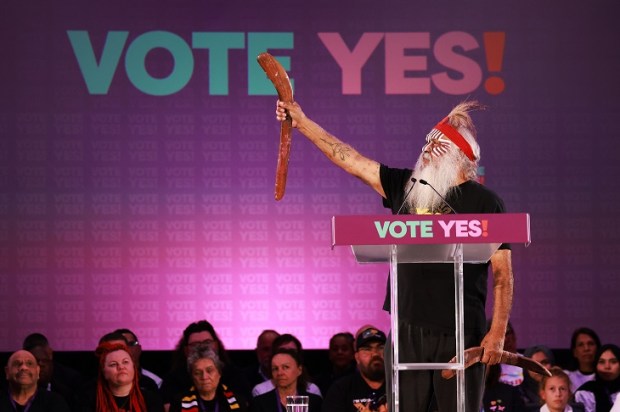On June 14, 1883, a momentous event took place on the border between New South Wales and Victoria. The opening of the rail link between Sydney and Melbourne a mere 95 years after the First Fleet’s arrival in 1788 at Port Jackson, so named by Captain Cook in 1770 but of course later to be more commonly known as Sydney Harbour.
I’ve called it a mere 95 years because when Arthur Phillip stepped ashore, he and his fellow travellers entered a world where survival was problematic, to say the least. It would be another 25 years before the first steam train began any kind of serious operation back home in Britain.
The First Fleeters of course could not have known about the mighty Murray River and its destiny to become the border between the two Colonies.
Not even Bennelong, an influential member of the Indigenous Wangal clan and soon to become Arthur Phillip’s sparring partner, could offer any insight into places so far away. And far away it was indeed; as the crow flies it is about 450 kilometres, if the crow is driving a car it is about 550 kilometres but the rail line is about 670 kilometres which is a strong indicator of the obstacles encountered along the way.
Heading north out of Melbourne they were building a 350 kilometre rail line, intended to meet up in Albury and complete the Sydney to Melbourne link; a distance of around 1,050 kilometres.
Completed in 1883, this amazing engineering feat was imbued with symbolism. There was co-operation between the (soon to be) states. A nation-building achievement providing a platform for progress. All of this and more was embodied in that magnificent edifice, the Albury Railway Station. The story of its design and building has occupied the minds of historians ever since.
Perhaps the starkest of all symbols is the fact that the width of the rail tracks did not match, a situation that was not corrected for another 80 years.
What does this tell us about Australia, a country consisting of fiercely independent states? It is a kind of sibling rivalry where the notion of “we’re all in this together” has limitations insomuch that each has its own ideas of how to go about progress and problem-solving.
As a nation we appreciate our freedoms, our democratic institutions and ideological expressions; we would not want it any other way but these things sometimes come at a high price. All we ask is that our leaders be aware that it is, after all, the individuals who must pay that price and individual circumstances must be considered. Flexibility, compassion and understanding in the application of regulations are imperative and if properly applied, responsible citizens will respond accordingly.
Population density and mobility increases the degree of difficulty when making borderline decisions. History shows that even leaders of vision make mistakes.
In dealing with the covid19 pandemic, just as the railway builders of the past, the states must at least agree on a target, which encompasses all the parameters of living with corona and the price to be paid. Today’s state leaders have a responsibility to the nation as a whole and would do well to take a leaf out of our history book.
If today’s parochial attitudes had prevailed all those years ago there may never have been a rail link between the capital cities, no Albury railway station and probably no prosperous nation. And even if, in the end, the tracks don’t quite match, at least we will all be back on the train once again.
Peter Scammell blogs at www.dinosaurdiary.com.au.
Got something to add? Join the discussion and comment below.
Get 10 issues for just $10
Subscribe to The Spectator Australia today for the next 10 magazine issues, plus full online access, for just $10.


























Comments
Don't miss out
Join the conversation with other Spectator Australia readers. Subscribe to leave a comment.
SUBSCRIBEAlready a subscriber? Log in